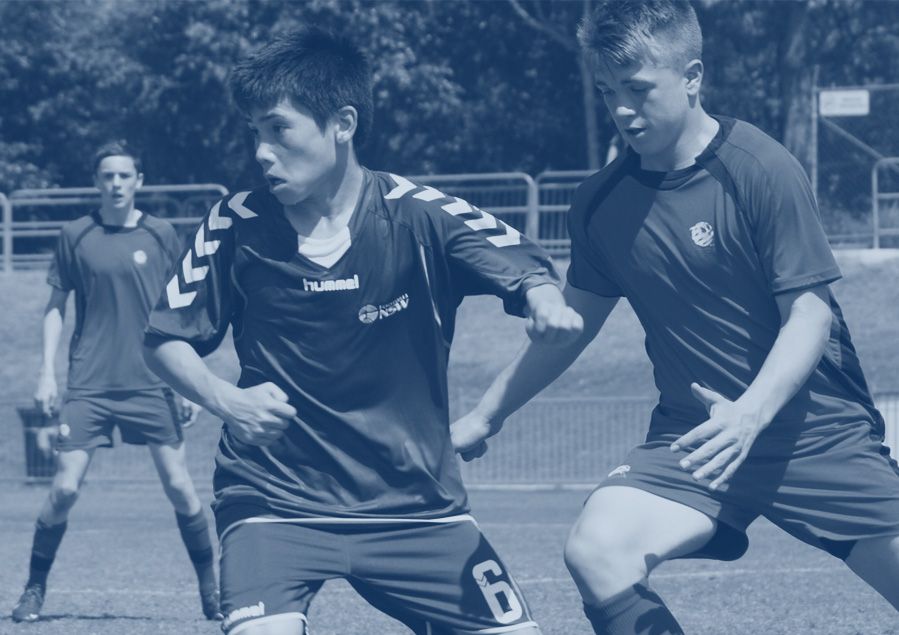Does your program train for [insert any sport here] specifically?
It’s a common question from players and parents. The short answer is yes, but perhaps not for the reasons you may think. Sport-specific training is really just training. There are certain areas of focus that are important, such as power for power sports and endurance for endurance sports. For youth, the rationale is the same, however, the physical development of the youth athlete is critical to understanding and programming specifically for the individual. No matter the level of athlete, there is always an individual assessment that finds the “needs” of the athlete, not their “wants.” What do athletes need to play their beloved sports this season and for the next twenty seasons? This is, perhaps, more important in youth athletes. That is the aim of the Totum Youth Training Academy.
“If a young athlete does not master fundamental movement skills at less intense levels, deficits displayed during the exercise will likely be amplified as training intensity is increased.” — Myer et al. 2011.
There’s no “fast-tracking” or skipping ahead in skill acquisition. We start from the foundational base and build the basics. It’s no different than building a foundation for a house. The more you skimp, the greater the risk of problems down the road. That’s why too much of any one sport for youth can create unique problems. The more variety in movement produces stronger foundations.
Fundamental movement skills (FMS) are the building blocks for more advanced, sport-specific movement patterns. FMSs include locomotive, manipulative and stabilizing skills that should be available for every athlete to utilize in a range of novel or dynamic situations, from tag on the playground to sports.
For example, we ask hockey players to crawl and soccer players to skip. Why? The components associated with these simple skills tell us a great deal of information. Skipping requires the ability to rapidly produce force in the correct direction using a single leg muscular stretch-shortening cycle. Crawling requires trunk stability and the coordination of upper and lower body mechanics, and indicates levels of mobility and stability of the hip, ankle and shoulder joints. We look for movement limitation, muscular imbalances and compensations that we can address, which can then reduce the risk of both acute and chronic injury.
Using the appropriate activities at the appropriate intensity creates a solid movement foundation which enables an athlete to exert optimum forces in any athletic scenario. In short, it makes them better at their sport(s) and reduces their risk of injury.
“A youngster’s participation in sport should not start with competition, but rather evolve out of preparatory conditioning and instructional practice sessions that address individual deficits.” — Myer et al, 2016.
When we break it down to its various components, it’s not so basic after all! These FMSs tell a trained coach a great deal of information about an individual athlete and the best actions to take for optimal development.
Going back to basics, then, is not regressing or making things “easier;” it’s about assessing where an athlete’s current abilities lie, what are their limitations, and how best to give the athlete a solid base of movement skills that will serve them for years to come.
So yes, there is sport specific training for youth athletes. Specific, that is, to each individual athlete.
References:
Myer, Faigenbaum et al. Integrative Training for Children and Adolescents: Techniques and Practices for Reducing Sports-Realted Injuries and Enhancing Athletic Performance. The Physician and Sports Medicine, 2011.
Myer GD, Jayanthi N, DiFiori JP, et al. Sports specialization, part II: alternative solutions to early sport specialization in youth athletes. Sports Health. 2016;8(1):65–73.
Zwolski, Christin et al. Resistance Training in Youth: Laying the Foundation for Injury Prevention and Physical Literacy. Sports Health A Multidisciplinary Approach, 2017.

